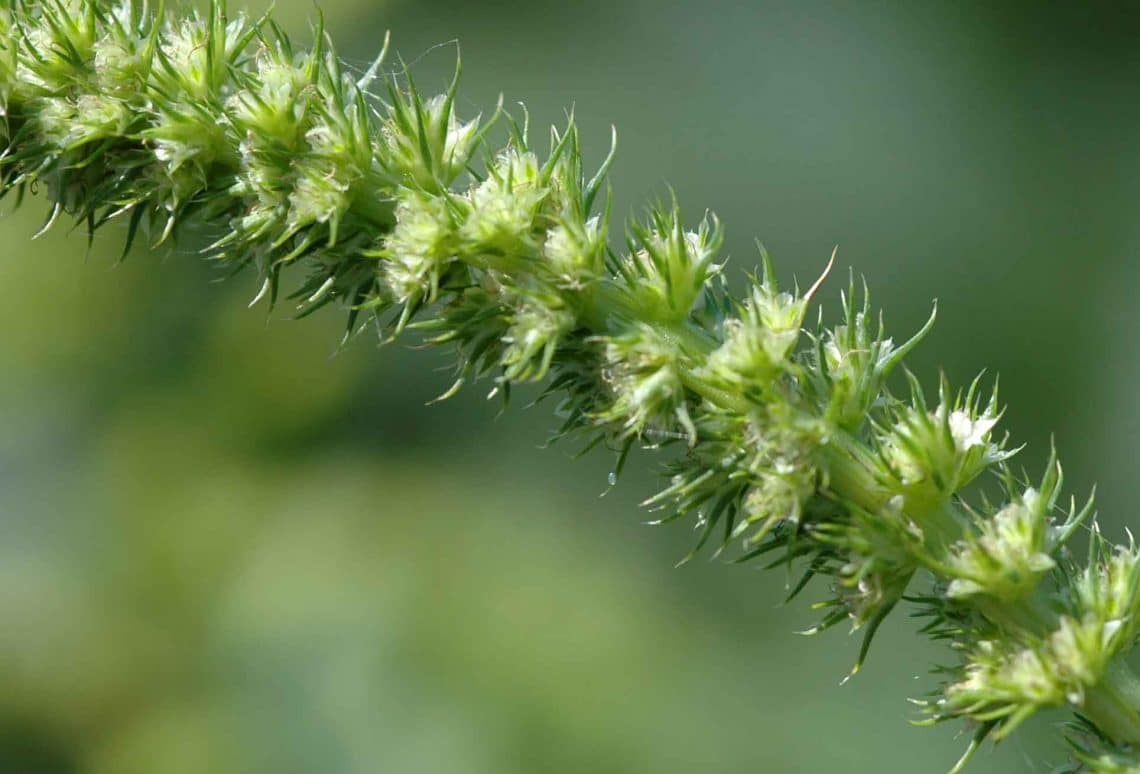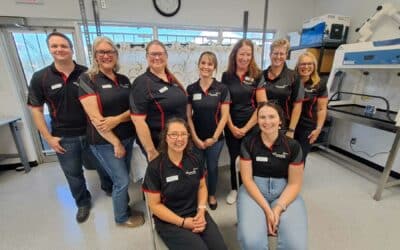Question: Your look-a-like cousin with a bad reputation is threatening to move into your neighbourhood. Everyone is worried and on the watch, so now you and your mates can’t go anywhere because of suspicions that you might be him. What do you do?
You can think of Palmer Amaranth as the disreputable relative among Amaranthus species weeds.
An annual plant native to the arid southwestern United States and northwestern Mexico, Palmer Amaranth’s life cycle is adapted to desert conditions but it will germinate and grow to quickly produce abundant seed when water is available. It was accidentally introduced to the southeastern U.S and is rapidly moving north. It’s classified as an invasive species in the U.S. and Canada due to its highly invasive nature and resistance to multiple classes of herbicides.
The good news is that it hasn’t established itself in Canada — yet. It’s come as close as Michigan and been intermittently spotted in Ontario, so we need to keep our guard up as an industry. However, physical purity checks of seed are unable to visually differentiate species in the Amaranthus genus. Several Amaranthusspecies, commonly referred to as pigweed, are present in Canada. If found in a purity analysis, they are collectively listed as ‘Amaranthus sp.’ with the number of seeds found. Exported seed lots can be rejected based on a general finding of Amaranthus species and the inability to specifically confirm the absence of Palmer Amaranth.
Answer: Find a new way to distinguish the actual target.
20/20 Seed Labs Inc. has developed a new test to specifically identify Palmer amaranth in seed lots. Identified Amaranthus species are segregated by the purity analyst into groups of up to 25 seeds. We extract DNA from each group and look for a specific DNA marker to determine if any Palmer amaranth is present.
A second test result is added to our Report of Seed Analysis indicating the number of seed tested and the presence/absence of Palmer amaranth. It supplements the existing physical purity standard, enabling a more precise identification than previously possible for seed. It also works on tissue and can be used to check suspect plants found in fields.
We hope to see this test promote more molecular testing for the future both for Palmer amaranth and for general use in expanding the specificity of purity identifications. The more accurate we can be in identifying invasive species, the more we can protect our industry from them.
Related Articles
Wide Range of Pests, Diseases for 2023 Crops in Alberta






